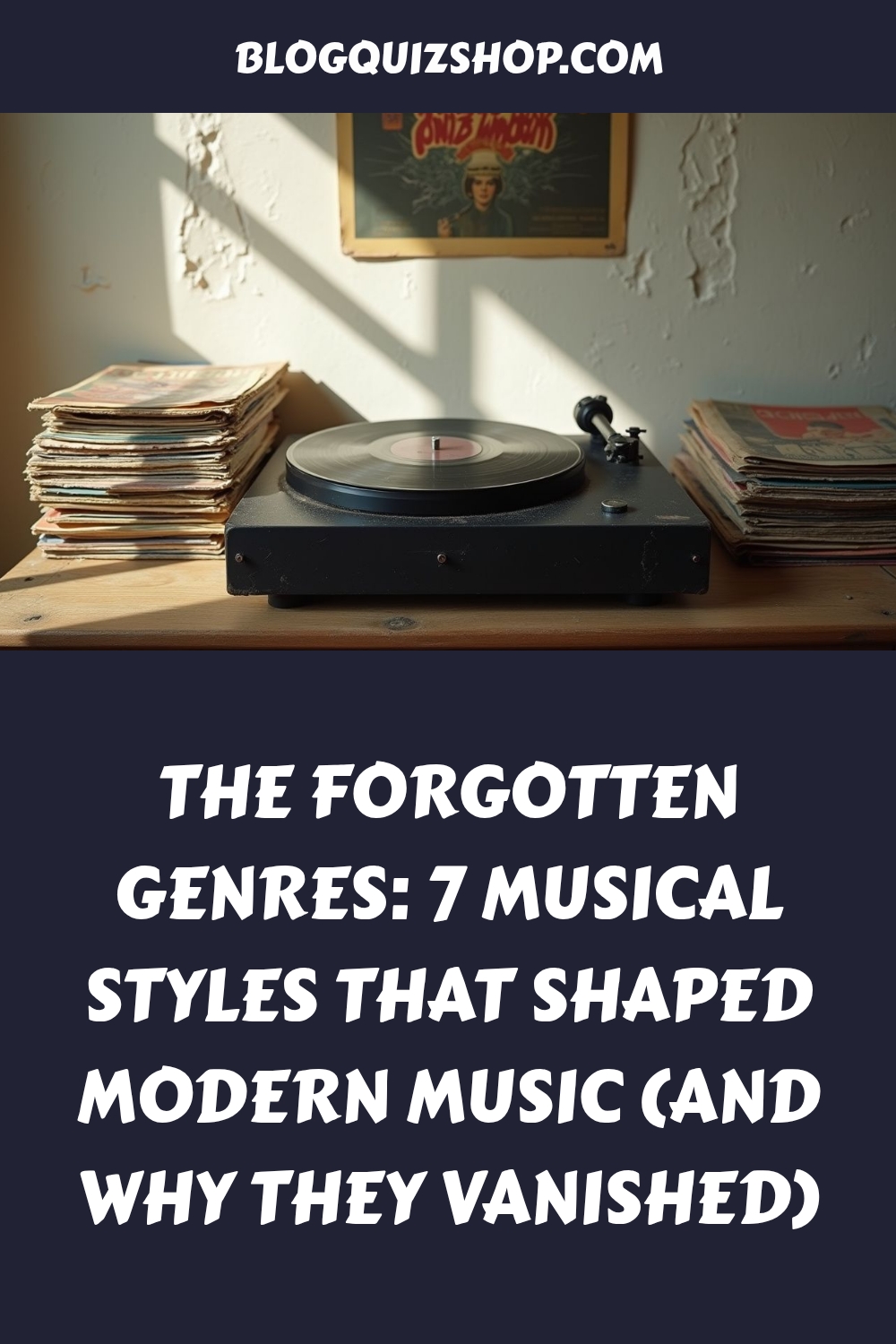You keep hunting for fresh sounds, new musical styles, yet the charts repeat the same few styles. It can feel like the most creative scenes disappeared from view, which dulls the thrill of discovery and feeds nostalgia instead of new favorites.
Here is the twist. Some Forgotten Music Genres still shape what you hear right now. Ragtime sparked jazz, and hip hop pulled ideas from disco, but these roots rarely show up on modern radio.
This article highlights seven vanished music genres that built today’s hits. You will see their rise, decline, and lasting influence inside obscure music history. Stay with it and you might find a lost sound that upgrades your next playlist. 1
Key Takeaways
- Ragtime (1899–1917) with Scott Joplin’s “The Maple Leaf Rag” launched early jazz ideas and later influenced hip-hop rhythms. It faded after World War I as jazz took over.
- Doo-wop, popular in the 1940s–1960s in New York City with groups like The Orioles and The Ink Spots, declined as pop tastes shifted, but its harmonies still shape modern vocals.
- Disco exploded in the late 1970s with stars like Donna Summer and the Bee Gees. It crashed after Disco Demolition Night (1979) due to backlash and market overload.
- Nu metal peaked in the early 2000s with Linkin Park’s “Hybrid Theory” passing 27 million sales. Oversaturation and criticism cooled momentum, yet pieces of the sound still surface.
- Genres fade due to shifting trends and technology like sampling tools, plus industry saturation. Their DNA survives through sampling, online revivals, and modern genre blending .
What Defines “Forgotten” Musical Styles?
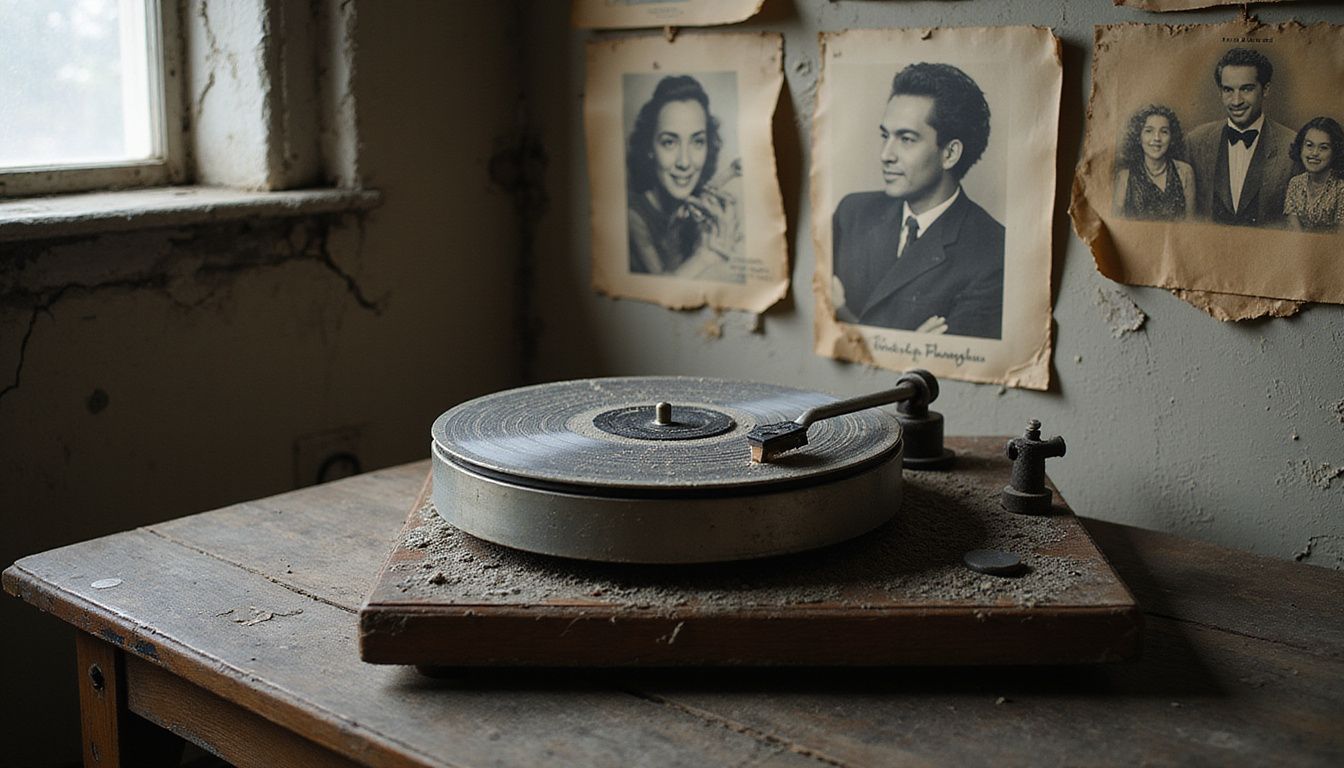
“Forgotten” musical styles once set the tone for its era, yet now struggles for attention outside niche scenes. Think ragtime or doo-wop. They packed dance halls and drove youth culture before tastes moved on.
Over time, you stopped hearing them on mainstream radio. Their influence hides in newer sounds favored by younger listeners. Support systems collapsed as labels dropped acts and venues shut. Disco met open backlash. Nu metal faded after years of non-stop airplay.
Some forgotten musical styles still live through loyal fans, social communities, and collectors who protect music nostalgia. Fast music evolution leaves certain sounds behind, while others morph into new trends like synthwave coming from the New Wave decline, or punk seeding alternative rock.
These “forgotten musical styles” genres — Ragtime, Doo-Wop, Psychedelic Rock, Disco, Britpop, Nu Wave, and Vaporwave — vanished due to shifts in cultural trends, industry forces, technological changes, commercialization, and sometimes deliberate backlash or oversaturation, even as their legacies continue shaping modern music. Each disappeared for unique reasons, yet all were pivotal in evolving popular music.
“The dynamic nature of rock illustrates how quickly subcultures can emerge and vanish.”
Ragtime’s role in jazz shows how core ideas endure even when the original style leaves the charts. Next, you will see how ragtime built the floor for jazz.
Ragtime: The Foundation of Jazz
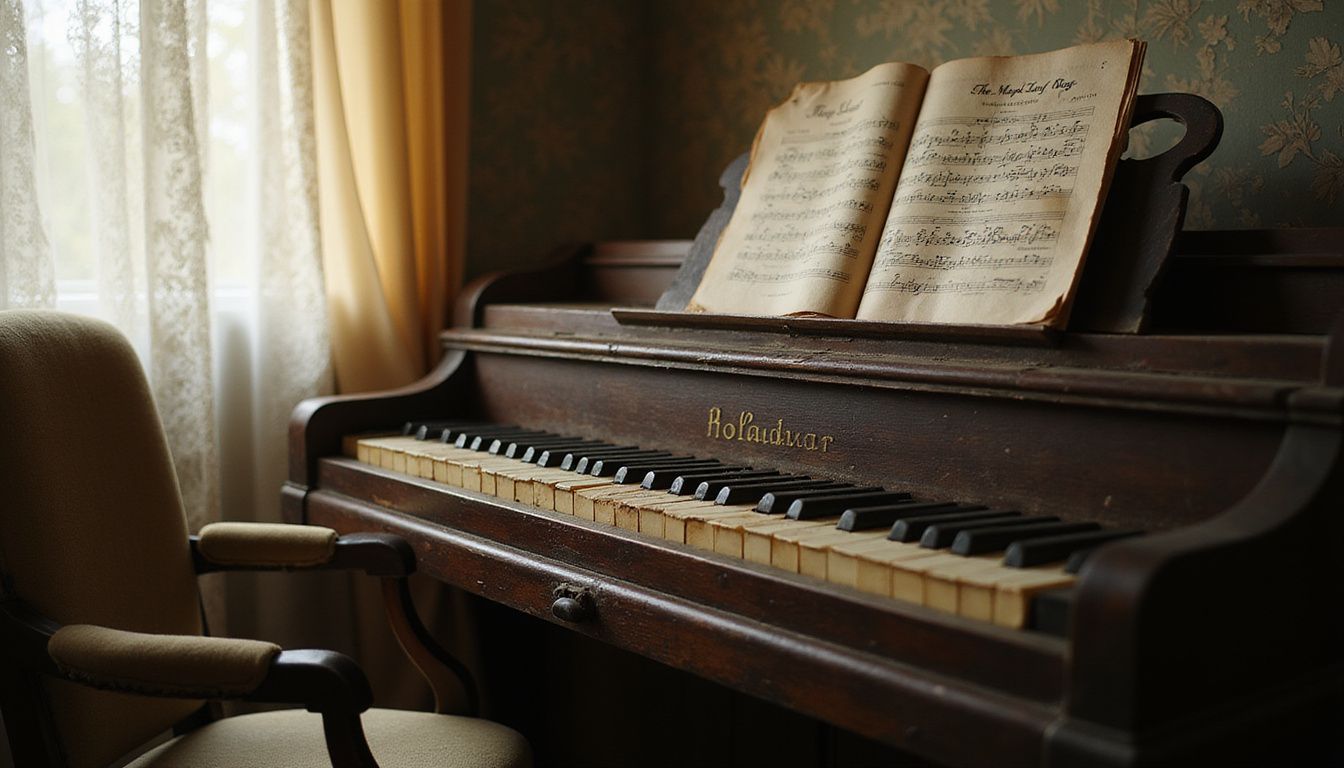
Ragtime ruled American popular music from 1899 to 1917. River-town pianists along the Mississippi and Missouri shaped its driving feel. 2 The style pulled from minstrel tunes, African American banjo rhythms, syncopated dance beats, and European melodies.
At its core, ragtime features structured piano pieces. The left hand keeps a steady bass, and the right hand plays off-beat, which is called syncopation.
Scott Joplin, known as the King of Ragtime, made history with “The Maple Leaf Rag” in 1899. The song spread nationwide through sheet music and player pianos, bringing the sound into homes across America.
Ragtime’s lively syncopated rhythm laid groundwork for jazz in New Orleans clubs. It also set up swing music and later big bands. 3
Ragtime faded as jazz took over after World War I. Its DNA still shows up in vintage jazz revivals, blues-leaning songs, hip hop that samples Joplin, and even experiments in alternative rock.
Many artists still borrow ragtime’s structure when they want fresh ideas pulled from forgotten styles in pop culture.
Ragtime
Decline causes included technical difficulty, racial bias, oversaturation by simplified imitations, and replacement by jazz, which was easier to play and more dynamic.
Ragtime’s complex piano style faded after World War I as jazz’s catchy rhythms and improvisational freedom rose in popularity.
Doo-Wop: The Vocal Harmony Era
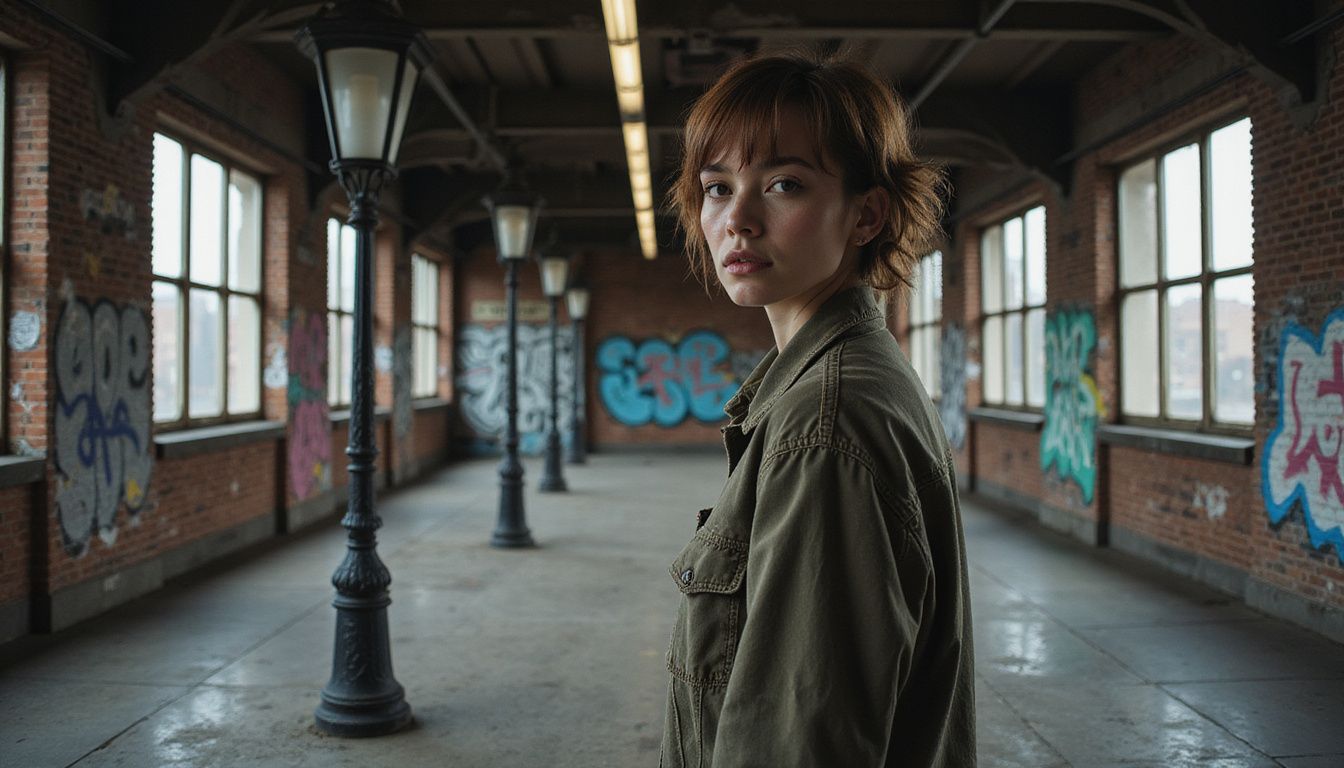
Doo-wop, one of the important musical styles, grew in African American neighborhoods in the 1940s and exploded in the 1950s. Groups like The Orioles, The Ink Spots, and The Mills Brothers led the vocal harmony movement.
These singers built catchy songs with minimal instruments, simple rhythms, and romantic themes. Young groups used street corners and subway tunnels as stages to test harmonies for anyone who would listen.
Nonsense syllables such as “sh-boom” or “doo-wah” filled space in the chords, while spoken parts carried the bridge. New York City fueled the sound. Both Black and Italian American groups helped shape its feel.
Radio hosts popularized the word “doo-wop” in 1961, though earlier groups like the Delta Rhythm Boys had planted the seeds long before. Even after the style cooled in the 1960s, doo-wop influence still shows up in modern pop harmonies from artists like Bruno Mars and Meghan Trainor.
Doo-Wop
Doo-Wop faded with the arrival of the British Invasion and major social shifts in the early 1960s—the assassination of JFK marked an end of innocence for its audience.
Exploitative industry practices, whitewashed sound production, and a move toward rock and roll all contributed, pushing Doo-Wop underground where it still subtly endures.
Psychedelic Rock: The Soundtrack of the 1960s Counterculture

Psychedelic rock surged as as one of the key musical styles in 1966, pushed by hallucinogens like LSD and marijuana. Bands such as Jefferson Airplane, the Grateful Dead, and the Doors turned San Francisco into a hub for mind-expanding sounds.
Jefferson Airplane delivered anthems like “Somebody to Love.” On the darker edge, Roky Erickson’s 13th Floor Elevators shaped acid rock, while Lou Reed’s Velvet Underground added a stark urban twist that stripped the flowers from flower power.
The Beatles’ “Sgt. Pepper’s Lonely Hearts Club Band” reset expectations with surreal lyrics and studio experiments. The Beach Boys’ “Pet Sounds” recast pop, using dense harmonies and dreamy textures.
Across the Atlantic, Pink Floyd and the Yardbirds mixed Eastern instruments and odd rhythms to define British psychedelia. This wave fed heavy metal, punk, and trip-hop. It also drove fashion and live shows that still echo in festival culture.
Psychedelic Rock
Psychedelic rock fell victim to commercialization and oversaturation, losing its underground spirit as it became what it initially rebelled against.
The rise of hard rock and metal, internal band conflicts, drug abuse, and strong legal and industry pushback (as LSD and the hippie movement declined) sealed its fate.
“If you’re going to San Francisco, be sure to wear some flowers in your hair.”
Disco: From Mainstream Explosion to Backlash
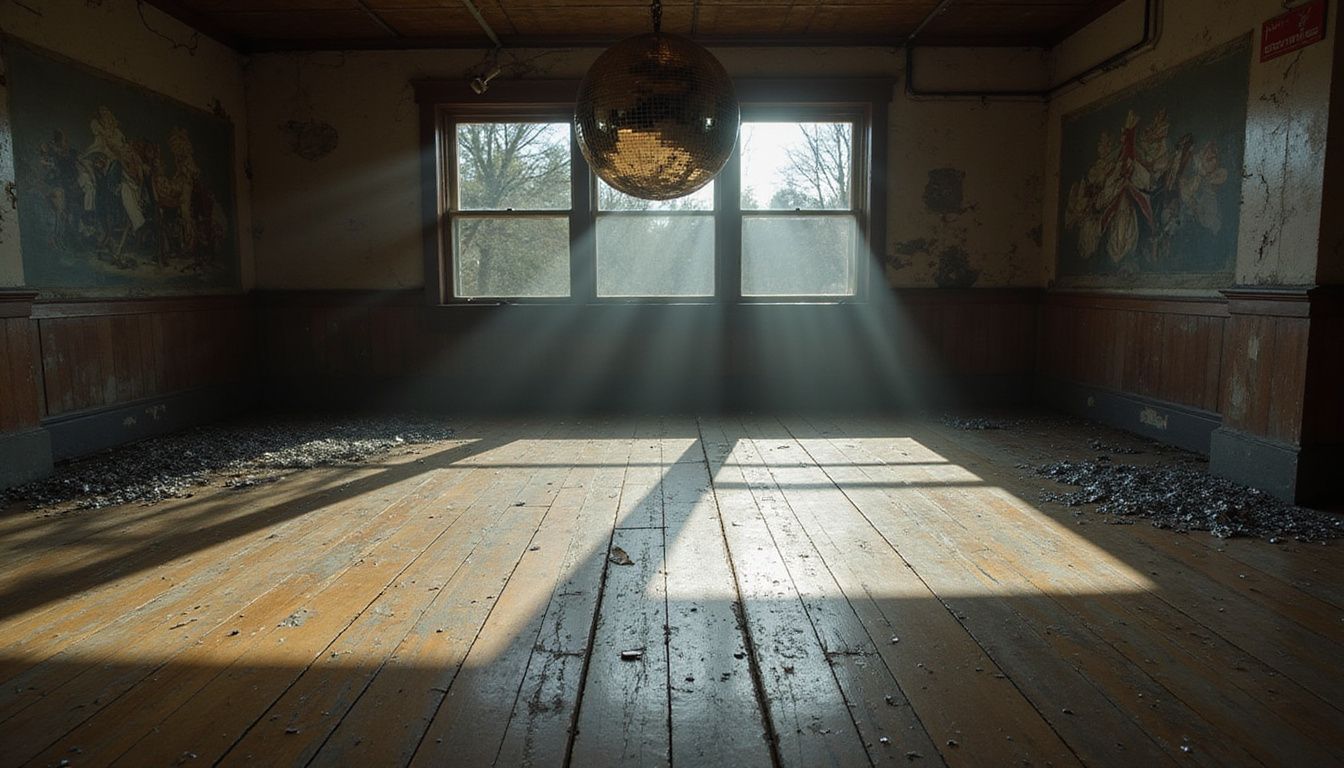
One of the important musical styles was Disco. Clubs like Studio 54 thumped with disco in the late 1970s. Donna Summer, The Village People, and the Bee Gees sat atop the charts while four-on-the-floor beats filled dance floors.
Saturday Night Fever hit in 1977 and turned a club sound into a national craze. Strings met synthesizers, mirror balls spun, and radio formats flipped almost overnight. 6
The same fast rise triggered a dramatic fall during Disco Demolition Night on July 12, 1979. Roughly 50,000 people showed up at Chicago’s Comiskey Park to smash records in protest.
Chaos followed. The anger did not just target a style; it also exposed systemic racism and homophobia in the backlash itself.
Corporate copycats flooded stores with formula tracks. Audiences grew tired, and radio moved on.
Yet the genre changed how producers work. Today’s EDM borrows disco’s kick pattern, lush strings, and long blends between songs. Those techniques came from New York’s underground DJs using classic club turntables and early drum machines.
Strip away the jokes and you still find disco’s fingerprints moving quietly under modern club hits.
Disco
Overexposure, class tension, and active backlash (notably the Disco Demolition Night riot) led to the rapid fall of disco from mainstream dominance.
Shifts in pop culture and racism also fueled public distaste, leading radio stations and clubs to abruptly drop the genre, despite its lasting influence on dance music.
Britpop: The Rise and Fall of UK Indie Rock
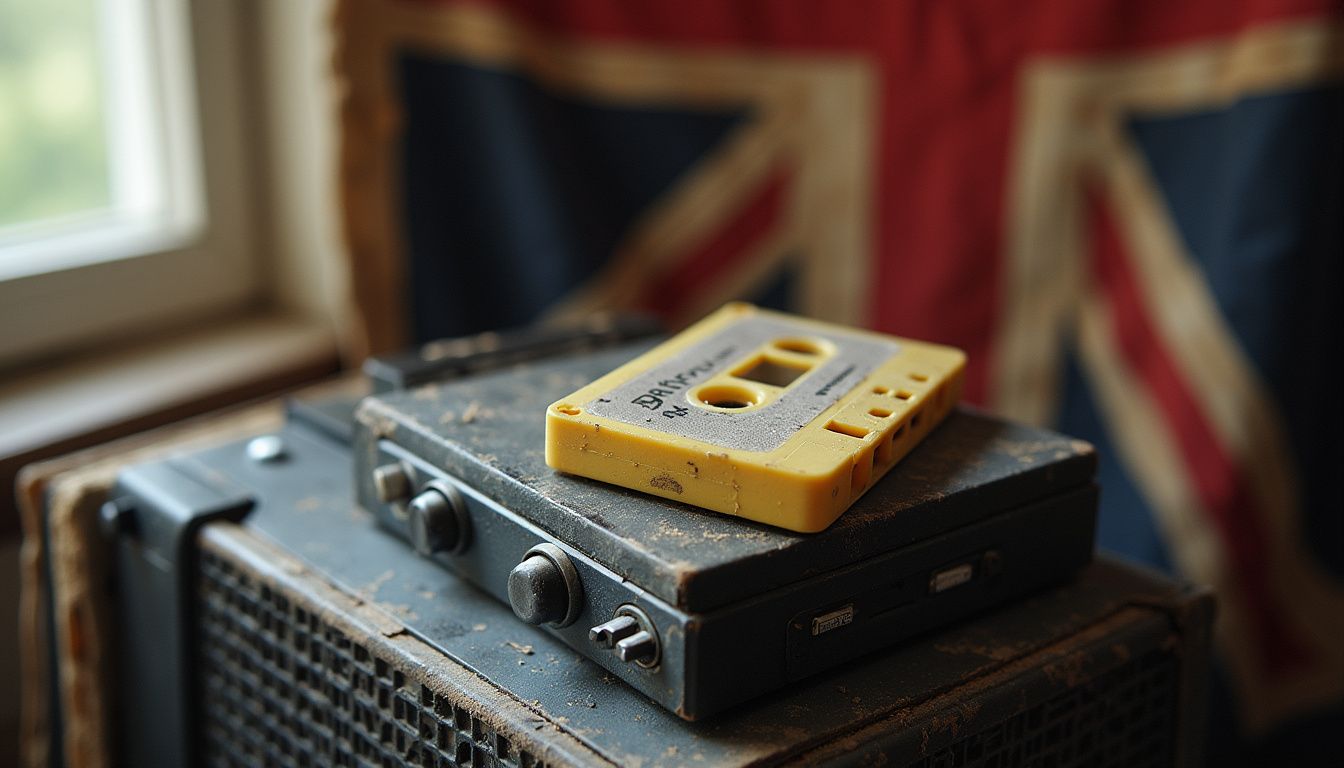
Britpop stormed the UK in the 1990s with catchy indie rock songs and open British pride. Oasis, Blur, Suede, and Pulp led the charge, pulling from The Beatles and The Kinks.
Their lyrics focused on daily British life and pushed back against American grunge like Nirvana or Pearl Jam. The 1995 clash, The Battle of Britpop, pitted Blur’s “Country House” against Oasis’s “Roll with It” and grabbed headlines.
Oasis’s “(What’s the Story) Morning Glory?” sold more than 22 million copies worldwide. From 1993 to 1997, Britpop set trends in radio, culture, and fashion, from parkas to terrace chants.
Many groups stumbled after the peak. By the late ’90s, several faded or split. Still, echoes of those melodies remain strong in UK indie and pop, which sets up the arrival of a heavier hybrid on the other side of the Atlantic.
Britpop
-
Britpop began as a celebration of British identity and culture but ended as commercialized pop acts like the Spice Girls and Robbie Williams replaced its leading bands.
-
Hangover from excess, media fatigue, and the resurrection of teen pop made Britpop stale in the eyes of audiences.
Nu Metal: The Hybrid of Rock and Hip-Hop
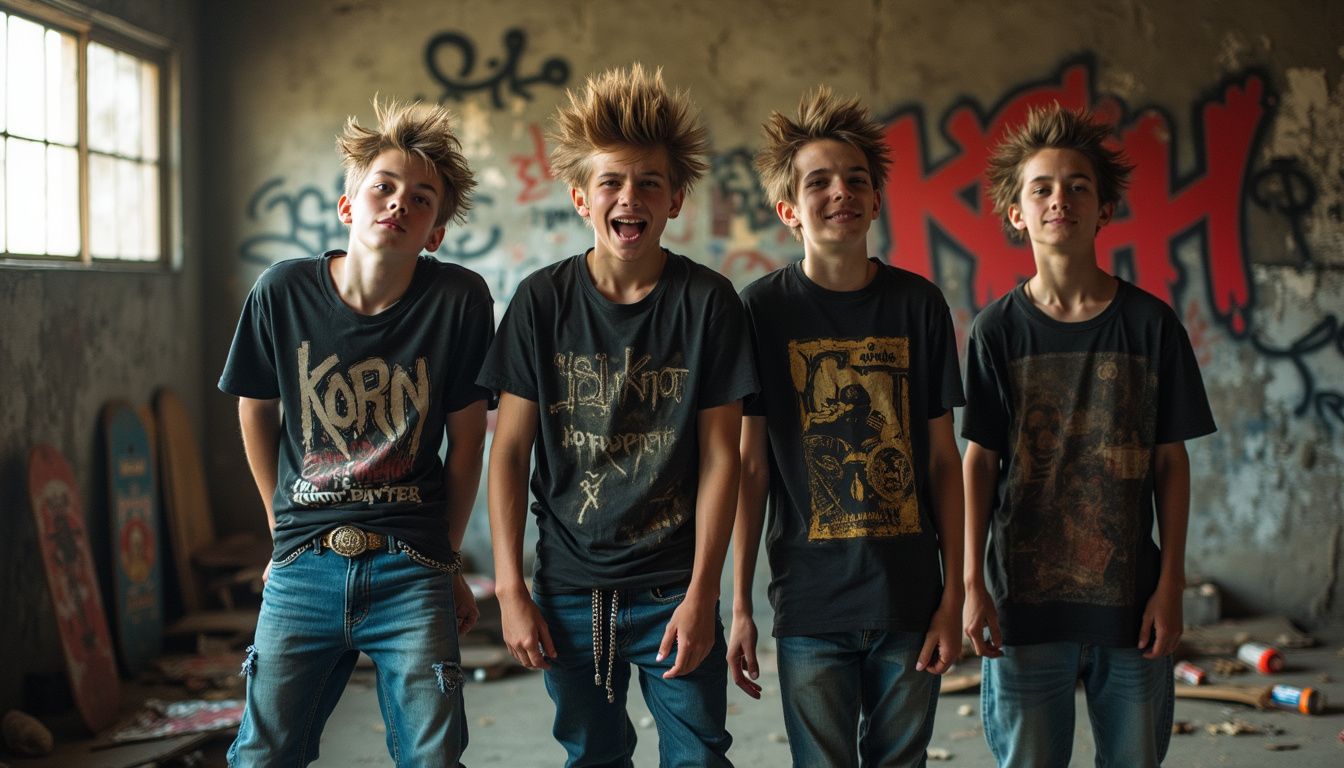
As Britpop was peaking in the UK, one one of the influential musical styles called nu metal brought a loud, restless mix to American rock. Korn, Slipknot, and Limp Bizkit fused heavy metal riffs with hip hop rhythms, funk grooves, and industrial noise.
Guitarists favored low-tuned seven strings for extra weight. Singers jumped from rapped verses to screams and growls in the same track, a direct nod to rap crews like N.W.A. along with harder rock.
Linkin Park’s “Hybrid Theory” topped 27 million sales in the early 2000s and defined the moment. Teens heard their own anger in the tight beats and raw hooks.
The look included baggy pants, spiked hair, and chain wallets. The mood felt nihilistic, and events like Woodstock ’99 showed how quickly the energy could tip.
Oversaturation and criticism cooled the scene. Some big bands ran from the label. Even so, a mini revival in the 2010s blended nu metal with deathcore or metalcore, which proves that styles rarely vanish for good. They shift, split, and return in new forms.
Nu Wave
New Wave evolved from punk and thrived with the rise of synthesizers, but new technology (sampling, advanced electronics) and shifts toward alternative rock/manchester/britpop led to Nu Wave’s dilution and fragmentation.
As trends moved on, the genre’s minimalist synth sound fell out of favor, though its DNA persists in today’s pop and indie music.
Vaporwave: Nostalgic and Satirical Electronic Sounds
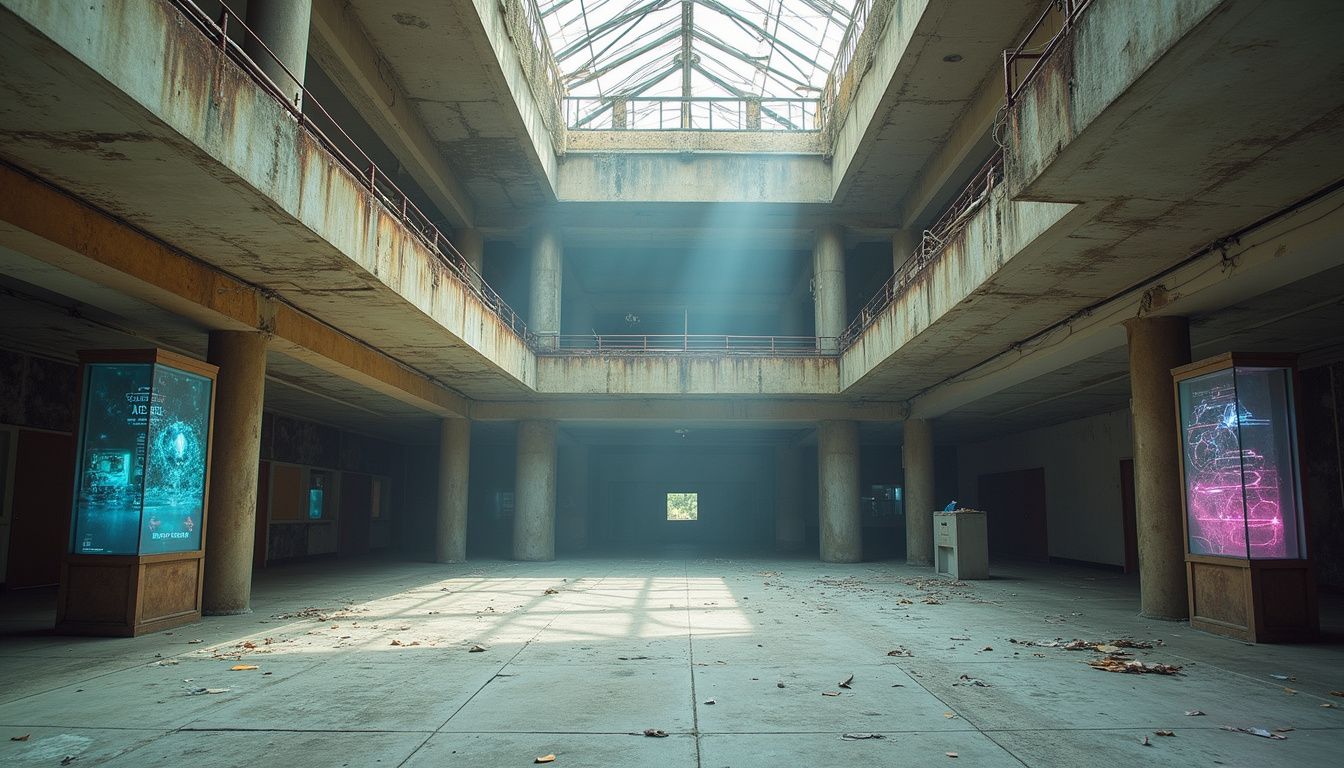
Vaporwave arrived in the early 2010s and drew buzz around 2015. Producers like James Ferraro, Daniel Lopatin, and Ramona Langley set the template. Langley’s “Floral Shoppe” became a core release. The sound slows and chops smooth jazz, 1980s lounge, and elevator music to mirror and mock consumer culture.
Artists stretch samples, add heavy reverb, and create a dreamy haze. Visuals lean on glitch art and retro-futuristic graphics pulled from early web design.
Spinoffs like future funk and mallsoft arrived fast, and city pop found a second life online. Vaporwave often feels like background music from a mall, which is the point for many fans.
Interest cooled after the mid-2010s. Critics argued it worked better for mood than for singles. Early producers used chopped-and-screwed methods with simple software like Audacity or FL Studio, not fancy studios.
Even with claims that vaporwave is “dead,” the sampling tricks shaped modern electronic music. New creators still chase dreamy synth textures, from plastic love nods to Simpsons wave edits, and they share them across YouTube channels that preserve niche audio art.
The short peak fits a familiar pattern, similar to dubstep or third wave ska. Yet small online scenes keep the flame alive long after the spotlight moves on.
Vaporwave
Vaporwave was intentionally ephemeral—a genre born and “buried” online, shaped by Internet meme culture and a desire to avoid commercialization.
Internal policing, oversaturation, and toxic splintering (political controversies, fractured micro-genres) accelerated its demise, though its aesthetics and concepts continue to evolve in subcultures like “future funk” and “mall soft”.
Why Do Musical Styles or Genres Fade?
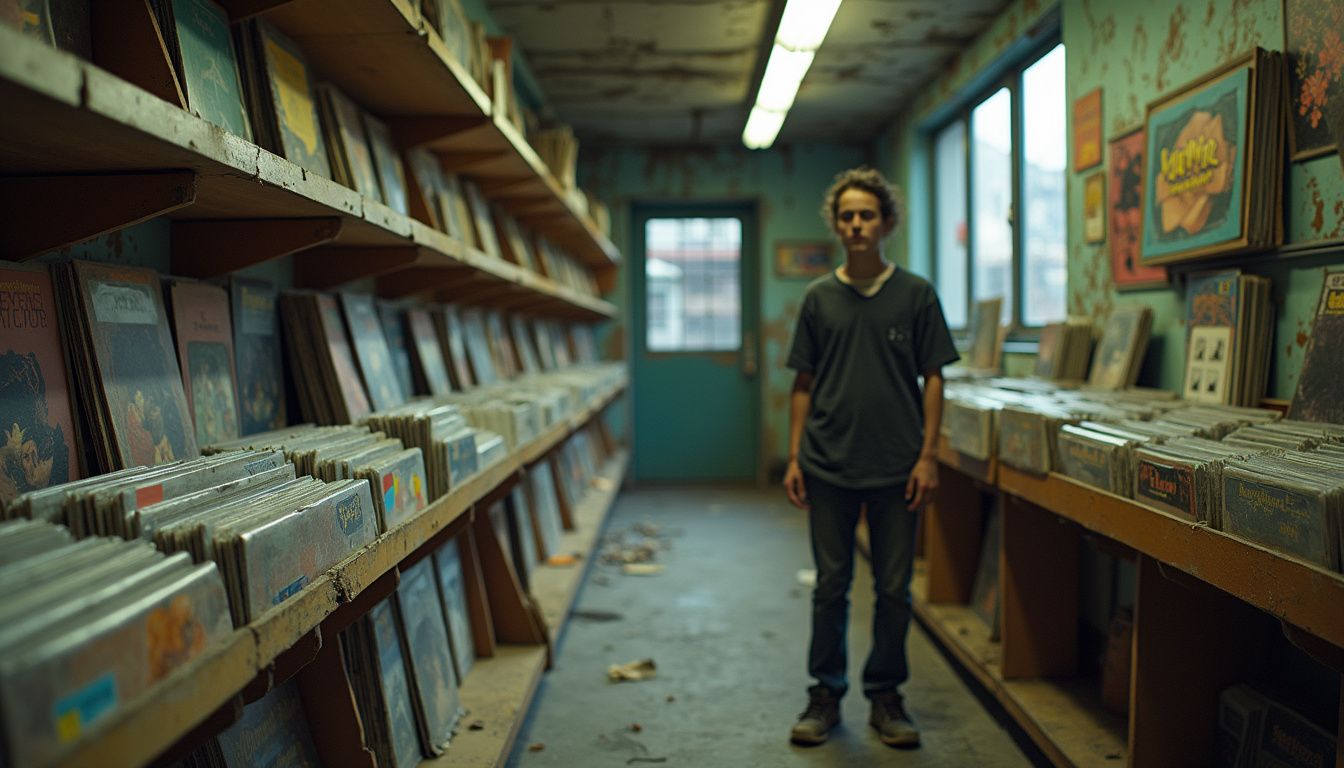
Musical Styles or Genres rise or fall because culture shifts, tools change, and new sounds appear. Keep reading to see what pushes these cycles and how you can spot the next turn.
Changing cultural trends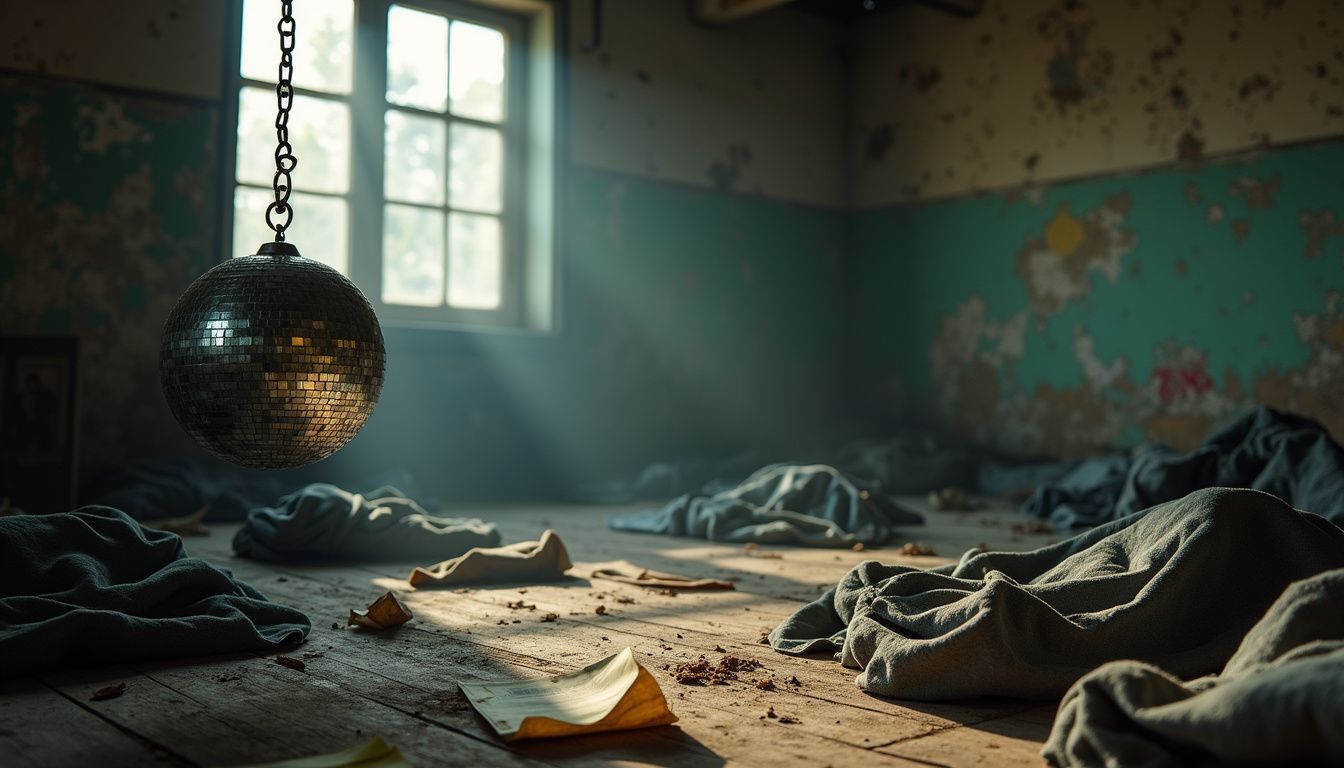
Musical Styles are influenced by fashion, politics, and tech steer audience tastes. The disco craze ended fast as a backlash met its rapid growth. Rocksteady softened once reggae took hold, and grunge’s short run eased as pop-punk and hip hop filled the charts by the early 2000s.
As values change, so does what people want from lyrics and artists. During the Jazz Age, the ragtime legacy fed jazz, then gave way to bebop and swing. Britpop thrived on UK indie fire in the 1990s, then club culture moved to electronic genres like drum and bass or jungle. Festivals and school programs now help you trace these shifts.
Oversaturation in the Market for Musical Styles 
Oversaturation hits musical styles, when too many acts copy the same formula. With grunge, labels rushed to sign every flannel band after Nirvana and Soundgarden. Radio and TV flooded, and fans burned out.
Dubstep repeated the pattern in the early 2010s. Producers pumped out tracks that mirrored Skrillex’s hard drop, and listeners moved on.
Streaming made deep dives easy. You can loop one style forever, which splinters distinct genres into tiny subgenres, each fighting for ears. Floods of lookalikes bury the originators and drain excitement.
Technological advancements 
Every leap in recording tech rewrites the rules. Edison’s 1877 phonograph moved music from stage to living room. Tape machines unlocked distortion and edits that drove psychedelic rock and disco experiments.
By the late 1980s, sampling in rap music turned old records into new hooks. Dr. Dre and Ice Cube built fresh singles by lifting and reshaping classic grooves.
Digital tools shifted attention from live chops to studio craft. That helped styles like vaporwave and Italo disco bloom. Software let creators change sound fast with fewer lessons, which pushed schools to rethink training. Tech often clears space for new waves, and older trends slip to the side.
The Legacy of Forgotten Musical Styles Genres
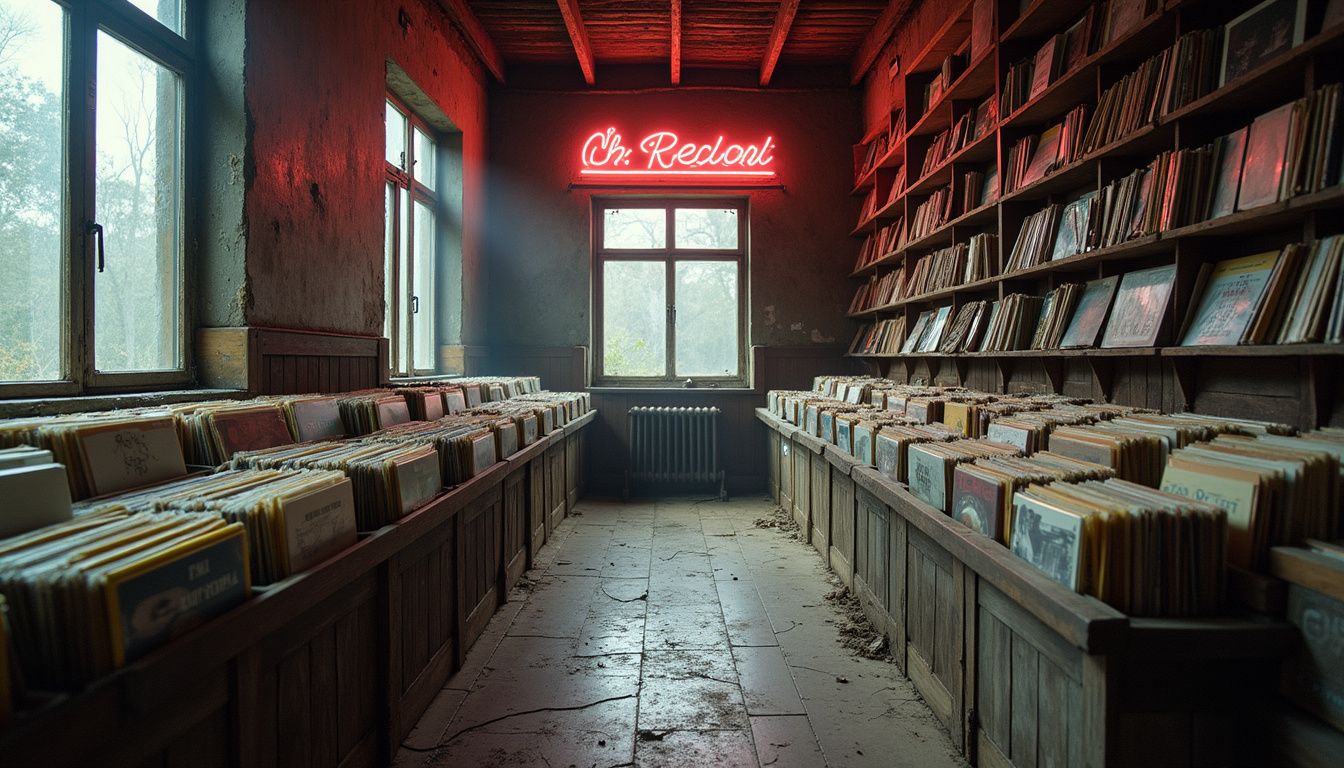
Forgotten musical styles never fully disappear. They teach producers new tricks and give artists fresh colors to paint with, which keeps music evolution moving.
Influence on Modern Music Styles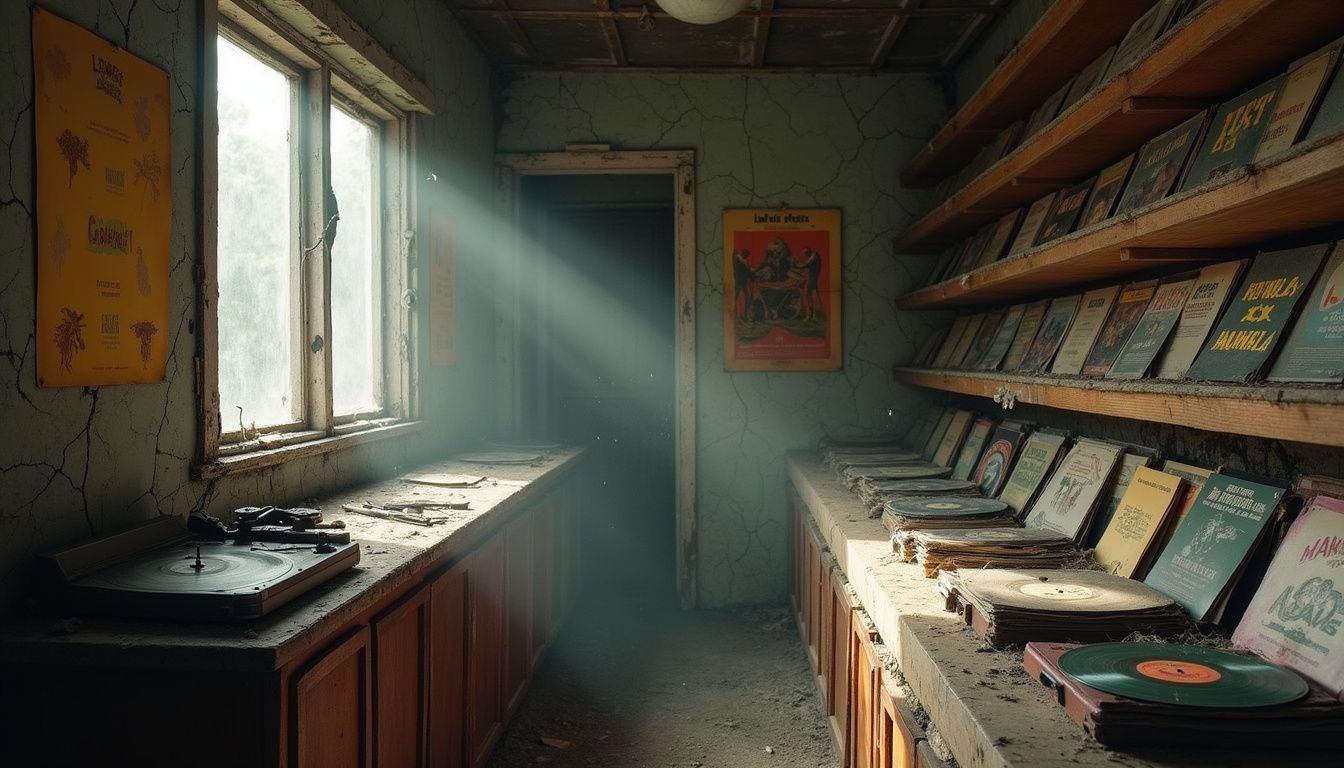
Modern producers sample and rearrange old cuts, which keeps forgotten musical styles in rotation. Hip hop borrows disco hooks. Indie pop cites doo-wop harmonies. Grunge distortion still shapes alt-rock guitars. Pharrell Williams channels funk and soul, then delivers shiny new hits.
Vaporwave’s satire touched remixes and ads. Nu metal’s cross of rock and hip hop shows up in chart-topping collaborations between MCs and guitarists. Bands inspired by Alice in Chains use layered vocals and moody chords. Ableton Live and FL Studio make it simple to load and flip classic breaks.
Because old styles filter into new ones, your daily playlist already hosts echoes from the past. That blend also raises a question: which sounds will return next, and which will fade for good?
Resurgence of Musical Styles within niche Sub-cultures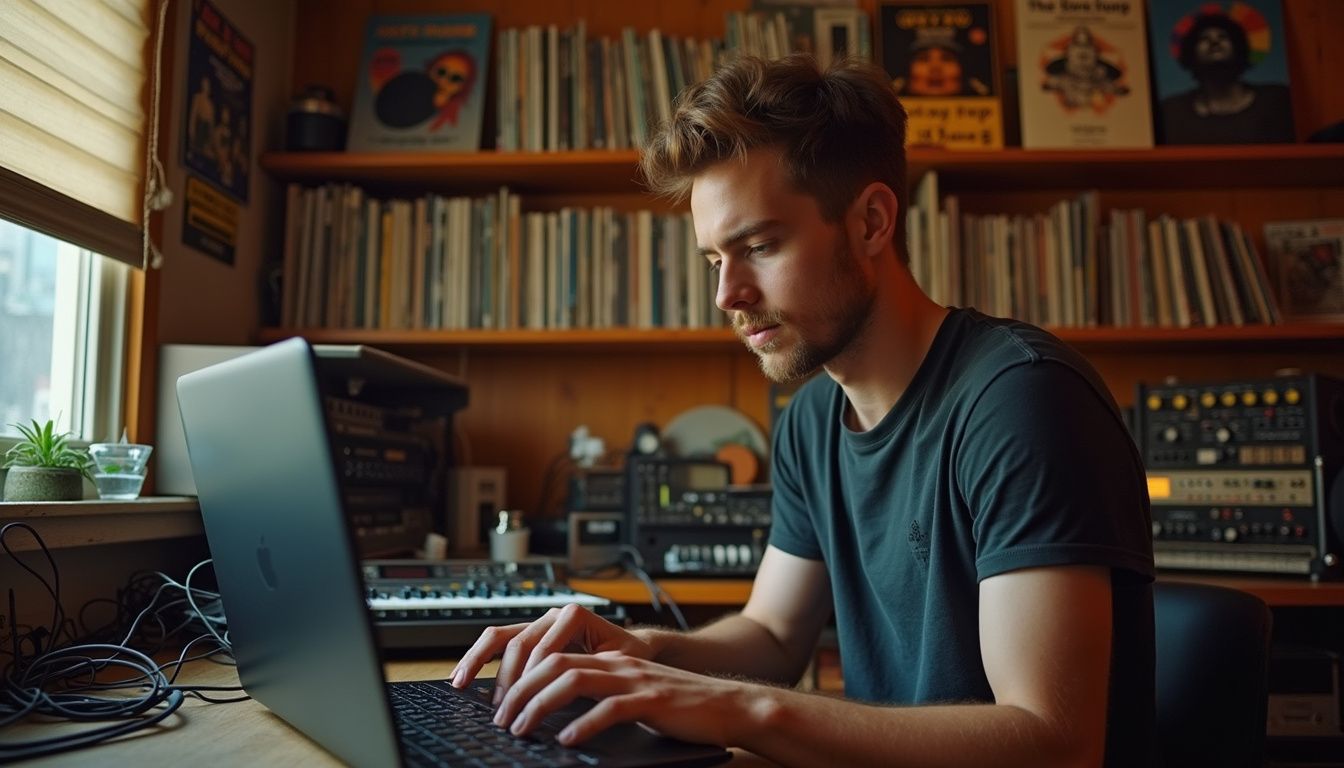
City Pop, a Japanese style from the 1980s, now travels the globe through YouTube and sample-heavy beats. Artists like Macross 82-99 refresh its funky polish for new ears.
R&B singers blend vintage vibes with lo-fi visuals, which attracts fans who want nostalgia with a modern twist. Disco, pushed underground after 1979, came back through European dance and recent chart leaders like The Weeknd. Shoegaze pioneers such as Slowdive guide indie groups like Beach House and Japanese Breakfast.
Doo-wop harmonies return through Bruno Mars and a cappella groups like Pentatonix. Social platforms speed these revivals. One viral clip can push Italo disco or vaporwave into TikTok charts overnight. Communities rework older sounds like grime, UK garage, or kawaii metal to bridge generations.
Lessons from Forgotten Musical Styles or Genres
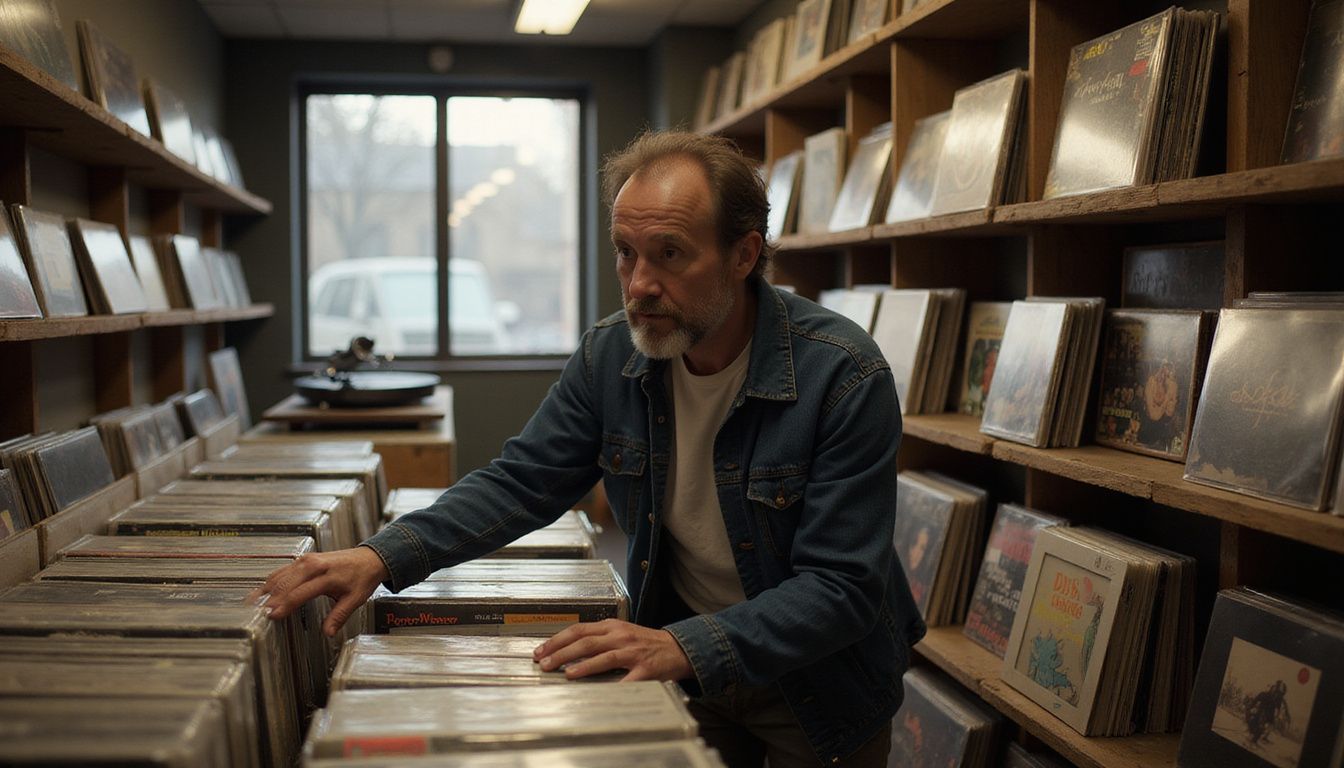
Grunge, vaporwave, and other short-lived movements in musical styles show how musical cycles mirror big cultural changes. Those shifts explain why some sounds surge, pause, and then return in fresh form.
The Cyclical nature of Music Evolution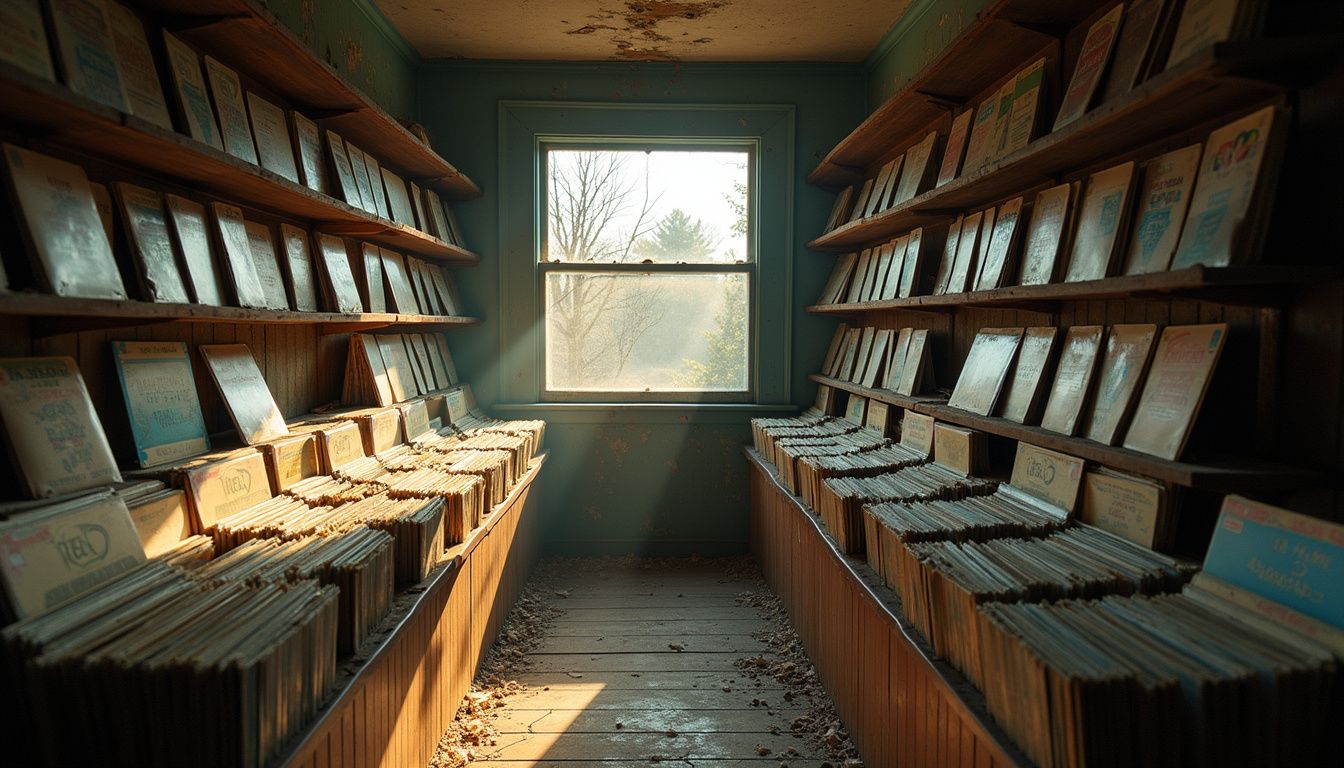
musical Styles or Genres rise, peak, and fall in repeating arcs shaped by cultural shifts and technology. Ragtime set jazz in motion, then made room for swing and bebop. Disco’s late-1970s boom faded within a decade. New Wave’s clever synths lost ground once grunge took hold in the early 1990s.
Today, digital archiving and streaming help you rediscover lost sounds from doo-wop to vaporwave. Musicians blend them into new songs, which keeps the conversation with history alive.
Niche scenes spark revivals and pull younger fans into older catalogs on Spotify or Bandcamp. As tastes change, a style can vanish from pop radio yet thrive in smaller circles.
Fading musical styles as a reflection of cultural shifts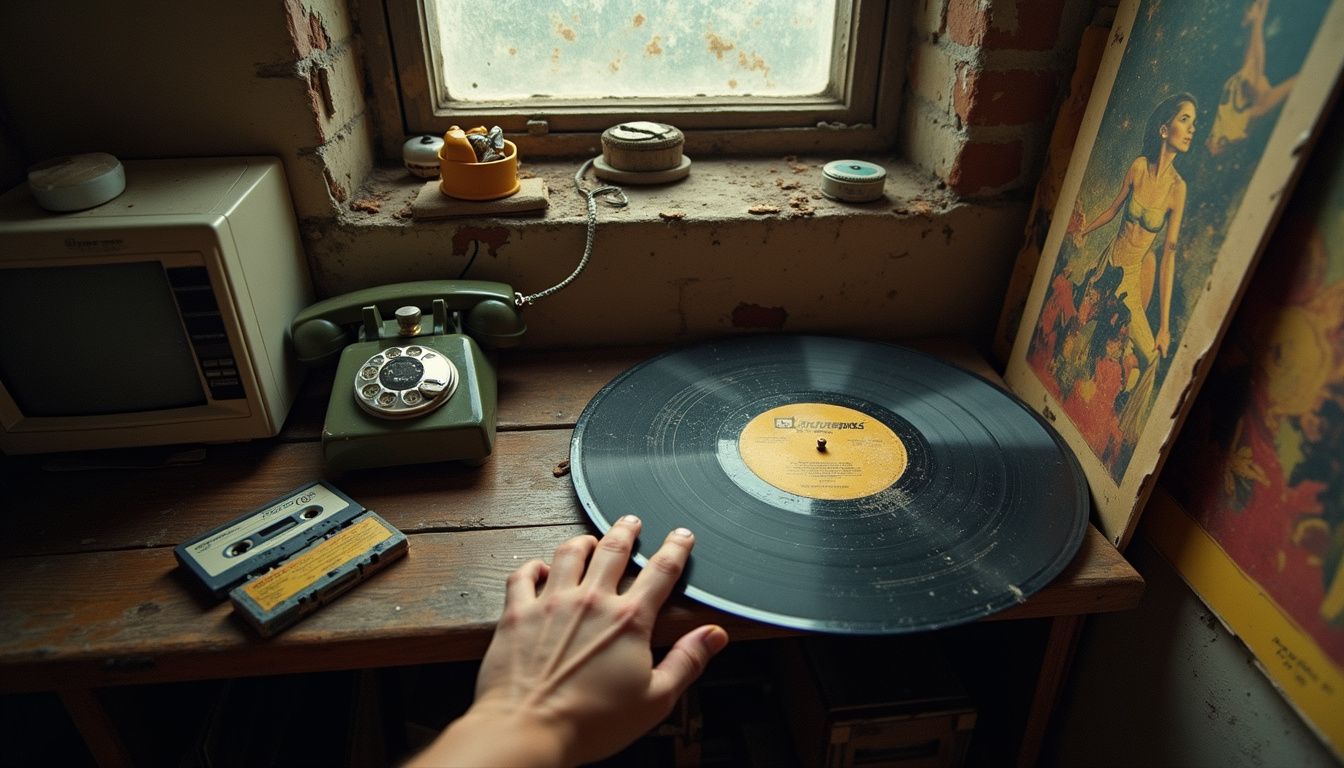
All musical styles come as a wave, which reflects its time. Disco rose when club life and radio ruled, then met a 1979 backlash that led to smashed records at Disco Demolition Night. The protest tied music taste to deeper social tension, and from that gap, house and other electronic styles grew.
Doo-wop shows a similar lesson. The Platters and others topped charts in the 1950s. As the civil rights era grew more urgent, listeners sought bolder sounds and lyrics. Psychedelic rock took center stage, and simple harmonies lost steam.
Nu metal stalled around 2003 as copycats multiplied and fans tired of the formula. At the same time, cheaper tech helped smaller scenes online, from vaporwave to UK garage. Cultural mood swings, not sales alone, decide which styles fade and which evolve.
Conclusion
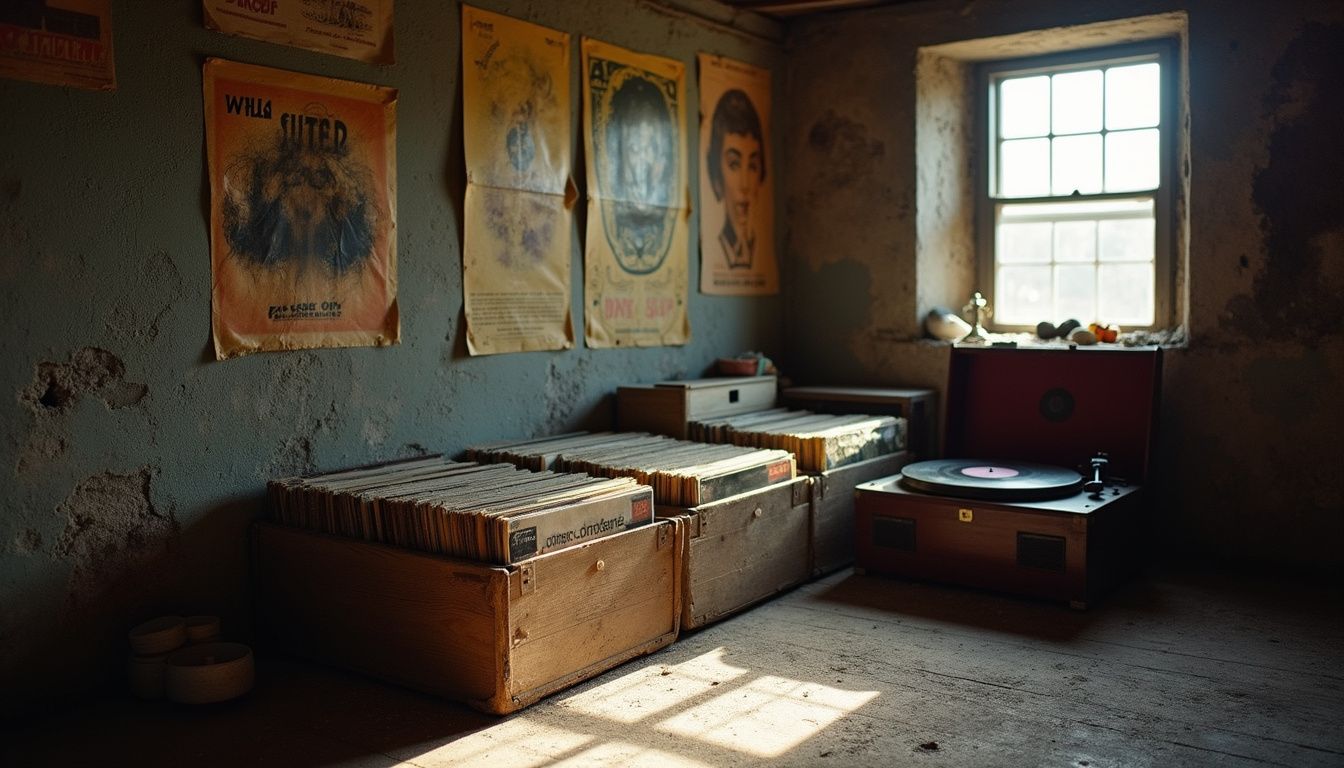
All of the musical styles discussed, Ragtime, Doo-Wop, Psychedelic Rock, Disco, Britpop, Nu Metal, and Vaporwave changed the map. Then all of these musical styles slipped from the spotlight as tastes and tools shifted. Of course there are other musical styles, Skiffle, Swing and Grunge that followed these fates. Their ideas still feed pop, indie, and niche scenes inside obscure music history.
If you make music, borrow a rhythm, a harmony, or a sample from these forgotten musical styles. If you listen, build a playlist that pairs a classic track with the modern song it inspired. Small steps like these help you hear why some sounds fade while others evolve into something new.
Want a place to start? Pick one section above, queue a song from that era, and follow the “related” trail for 15 minutes. You will hear the past powering today’s charts.
FAQs
1. Why do some musical styles or genres fade while others evolve into new musical styles?
Musical styles often fade due to oversaturation, changing technology, or shifts in cultural taste. For example, disco saw a mainstream explosion but later declined as audiences sought fresh sounds and innovation.
2. How did ragtime influence modern music before it vanished from the charts?
Ragtime laid the foundation for jazz with its syncopated rhythms and piano-driven melodies. Its legacy lives on in jazz improvisation and popular song structures even though ragtime itself faded from popularity.
3. What made doo-wop’s vocal harmony era important, and why did it disappear?
Doo-wop brought rich vocal harmonies to pop music during its peak years, shaping groups like boy bands that followed. As tastes shifted toward rock acts such as The Ramones or grunge icons like Chris Cornell and Eddie Vedder, doo-wop lost its place on radio playlists.
4. Why did psychedelic rock lose appeal after leading 1960s counterculture?
Psychedelic rock captured youth rebellion with experimental sounds but struggled against evolving trends like new wave’s quirky synth-driven style or hip-hop’s underground rise in the 1990s.
5. What role does technology play in both the rise and fall of forgotten genres such as UK garage or vaporwave?
Technology shapes how artists create music; synthesizers fueled new wave while digital production enabled brostep and shibuya-kei scenes to flourish online before fading when listeners moved on to other innovations.
6. What lessons can today’s fading musical styles, genres like dubstep teach about the cycle of popular music?
Dubstep shows that rapid growth can lead to oversaturation; fans may turn away when every track starts sounding similar. Studying past cycles helps predict which current styles might vanish next while highlighting what keeps certain movements alive longer than others—such as emo-rock or west coast rap groups who adapt their sound over time for lasting impact.


 Cart is empty
Cart is empty 





